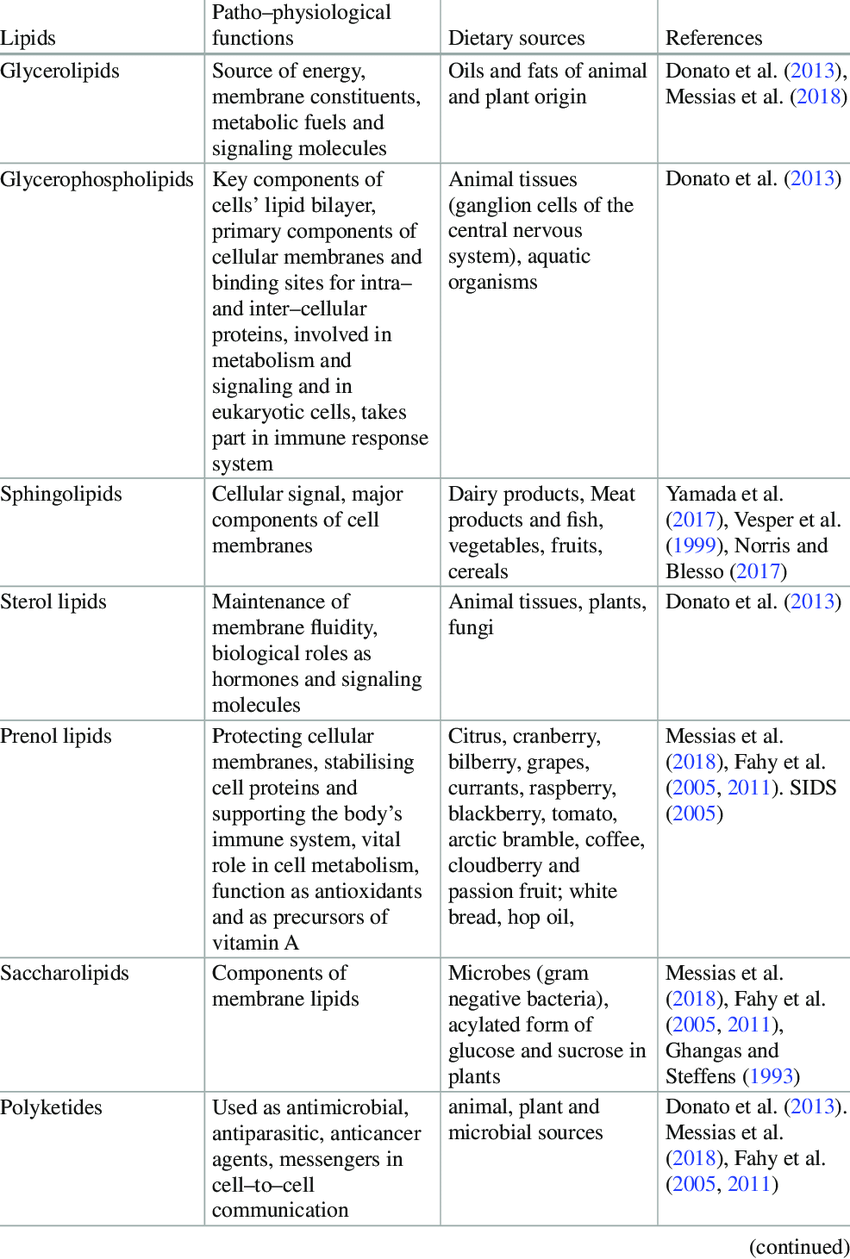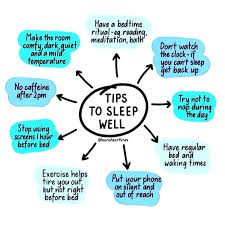
Comprehensive school health programs can't be standardized. It must be developed and implemented locally, with a commitment of resources. The WSCC Model involves collaboration among school stakeholders, including the health professional, parents, and students. A healthy learning environment is essential for a school's health program. You must also ensure that it is safe and promotes mental and physical well-being. The WSCC Model emphasizes the prevention of injuries and illnesses, as well as early diagnosis and evaluation of effectiveness.
The WSCC model, which is the most popular model for school health, is a good fit for a number of reasons. The WSCC places the needs of students at the center and highlights the role of community support for schools. It emphasizes how academic achievement can impact health and promotes school policies that are evidence-based. SHI of the AFHK includes questions that cross-cut to address policies and practices that support multiple topics in health.

Although schools cannot solve all the nation's health problems, they can coordinate efforts from many sectors to improve the health and well-being for young people. These efforts should involve parents, youth services organizations, health care professionals, the media, as well as community leaders. Although there is a list that has been approved for school health programs, the public lacks awareness. School-based health care programs should aim to improve the lives of students and their communities through reducing health and educational costs.
The SHI guide provides detailed information about school health, identifies strengths/weaknesses, and sets goals and areas of improvement. The SHI report summarizes all responses and makes suggestions for improvement. With a comprehensive SHI, schools can be more effective at creating an inclusive and healthy environment for students and staff. This guide can help schools build a culture of health in the school and promote better health outcomes for everyone.
A comprehensive school health program addresses student health and wellness. It focuses specifically on six behaviors that are important for young people's health and well being. The program should address nutrition, which is responsible for more than two-thirds the deaths and morbidities among youth. This model should provide these services as well as family involvement. Parents and staff should therefore be involved in all aspects of school health care.

Preventive services are emphasized in the WSCC Model. The WSCC Model includes services that are not offered in most other settings. These services provide a range health topics that emphasize the involvement of the family in children’s development. The WSCC model promotes wholechild health. The program can also help communities improve their quality of life. These activities have a positive impact on the mental health of children.
FAQ
How can I tell what is good for me?
You must listen to your body. Your body knows what you need when it comes time to eat, exercise, and get enough rest. You need to be aware of your body and not overdo it. Take care of your body and make sure that you're staying healthy.
How much should I weigh for my height and age? BMI calculator & chart
To determine how much weight loss you need, a BMI calculator is your best friend. A healthy BMI range should be between 18.5 and 24,000. Aim to lose 10 pounds per month if your goal is to lose weight. Simply enter your height, weight and desired BMI into the BMI calculator to calculate it.
Check out this BMI chart to determine if you are overweight or obese.
What's the difference between a virus & a bacterium?
A virus can be described as a microscopic organism that cannot reproduce in another cell. A bacterium is an organism that splits itself in two. Viruses are small, around 20 nanometers in size. Bacteria are much larger, at 1 micron.
Viruses are spread via contact with infected bodily liquids such as urine, saliva, semen and vaginal secretions. Bacteria are usually spread through direct contact with contaminated objects or surfaces.
Viral infections can also be introduced to our bodies by a variety of cuts, scrapes or bites. They can also enter the body through the mouth, nose, eyes and ears, vaginal, rectum or anus.
Bacteria can enter our bodies through wounds, cuts, scrapes, burns, insect stings, or other breaks in our skin. They may also be introduced into our bodies through food and water as well as soil, dirt, dust, and animals.
Viruses and bacteria both cause illness. But viruses do not have the ability to multiply within their hosts. They infect only living cells, causing illness.
Bacteria can spread within the host and cause illness. They can also invade other parts of your body. Antibiotics are needed to eliminate them.
Statistics
- Extra virgin olive oil may benefit heart health, as people who consume it have a lower risk for dying from heart attacks and strokes according to some evidence (57Trusted Source (healthline.com)
- According to the 2020 Dietary Guidelines for Americans, a balanced diet high in fruits and vegetables, lean protein, low-fat dairy and whole grains is needed for optimal energy. (mayoclinichealthsystem.org)
- This article received 11 testimonials and 86% of readers who voted found it helpful, earning it our reader-approved status. (wikihow.com)
- According to the Physical Activity Guidelines for Americans, we should strive for at least 150 minutes of moderate intensity activity each week (54Trusted Source Smoking, harmful use of drugs, and alcohol abuse can all seriously negatively affect your health. (healthline.com)
External Links
How To
What does the meaning of "vitamin?"
Vitamins are organic compounds that can be found in foods. Vitamins allow us to absorb nutrients from food. The body cannot make vitamins; therefore, they must be obtained from food.
There are two types if vitamins: water soluble, and fat soluble. Water-soluble vitamins dissolve quickly in water. These include vitamin C (thiamine), Vitamin B1 (riboflavin), Vitamin B2 (riboflavin), Vitamin B3 (niacin), Vitamin B6 (pyridoxine), Vitamin C, B1 (thiamine), Vitamin B2 (riboflavin), Vitamin B3 (niacin), and Vitamin B6 (pyridoxine). The liver and fatty tissues are home to fat-soluble vitamins. You can find vitamin D, E K, A, beta carotene, and other fat-soluble vitamins.
Vitamins can be classified by their biological activity. There are eight main groups of vitamins.
-
A - Essential for healthy growth and health maintenance.
-
C is important for nerve function and energy production.
-
D – Essential for healthy teeth, bones and joints
-
E is necessary for good vision, reproduction.
-
K - essential for healthy muscles, nerves, and bones.
-
P - Vital for strong bones and teeth.
-
Q - aids digestion and absorption of iron.
-
R is required for the production of red blood cells.
The recommended daily intake (RDA), of vitamins varies with age, gender and physical condition. The U.S. Food and Drug Administration has established the RDA values.
For adults over 19 years, the RDA is 400 mg per day for vitamin A. Pregnant mothers need 600 micrograms per days because it is vital for the development and growth of their baby. Children ages 1-8 require 900 micrograms per day. Children under 1 year old require 700 micrograms daily, while infants over one year old need 500 micrograms every day. This decreases between 9 and 12 months.
Children aged 1-18 years need 800 micrograms daily, while children overweight require 1000 micrograms per days. Children who are severely obese or underweight will need 1200 micrograms each day.
Children 4-8 years old who have anemia must consume 2200 micrograms of Vitamin C daily.
2000 micrograms is the minimum daily intake for adults over 50 years old to maintain good health. Because of their higher nutrient needs, women who are pregnant or nursing need 3000 mg per day.
Adults over 70 years of age need 1500 micrograms per day since they lose about 10% of their muscle mass each decade.
Women who are pregnant or lactating need more than the RDA. Pregnant woman need 4000 micrograms daily in pregnancy, and 2500 per day after childbirth. Breastfeeding mothers need 5000 mg per day when breastmilk is being produced.